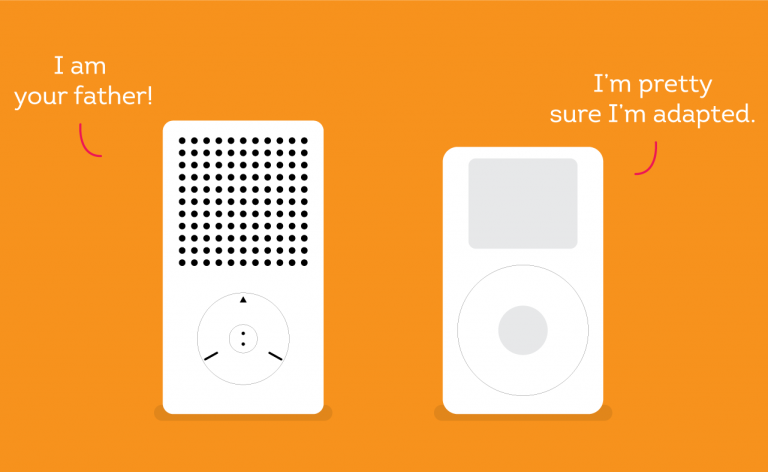Ask anyone and chances are they have not heard of Dieter Rams. But as one of the most influential designers of the modern age, everyone at some point has owned or, at the very least, used a product he had inspired or designed. In fact, it is quite likely that the device you’re using right now to read this article was designed with Dieter Rams’ principles of good design in mind.
As Braun’s chief design officer for almost 34 years, Dieter Rams’s austere and honest approach to design and his ethos “less but better” birthed a timeless line of products. Characterised by its functional form and user friendliness, his creations continue to inspire designers well into the digital age. A notable example of Rams’s legacy is no less than Apple’s own creative genius, Jony Ive.

So what? I’m neither an architect nor an industrial designer
Well, Rams’s design process had led him to formulate his 10 principles of good design; and even though it is heavily based on his background as an architect and product designer, it is the thinking behind the process that transcends design disciplines. Be it web design, branding or advertising, these principles only stand to enrich and inspire the whole design process. And in Dieter Rams’s own words, “Design is in the first instance a thinking process”.
In the dynamic and ever-changing landscape of marketing and design agencies in Singapore today, creativity is in high demand and design thinking, a prized skill. Knowing these principles and applying them to logo design, UI/UX design or even a marketing campaign, can give it that extra “oomph” and make it stand out.
10 Principles of good design:
1. Good design is innovative
Innovative design typically develops in tandem with technology. But while technological advances provide new avenues for creative expression, they should also serve to enrich the brand meaning and customer experience. This applies not just to software or prototyping tools; innovations can happen outside the realm of digital marketing too. So in practice, you should always be aware of advancements in your own fields, for who knows: Perhaps that new printing method could very well make the difference between a good experience and a great one.

2. Good design makes a product useful
A product’s design should not distract from its intended use. How you can apply this principle is by asking yourself, “Does adding extra elements to the design add to its usefulness or distract from it?” or “Is my core message being overwhelmed and drowned by useless fluff?”. So cut out the noise, and focus on what’s really important: Its utility.

3. Good design is aesthetic
Yes, I know, I know, this is pretty self-explanatory. But let’s take this further, shall we? The aesthetic of a product or design ensures its use because people by nature want to surround themselves with beauty as it gives them a sense of well-being. So not only should your design look good, more importantly, it should make the user feel good.
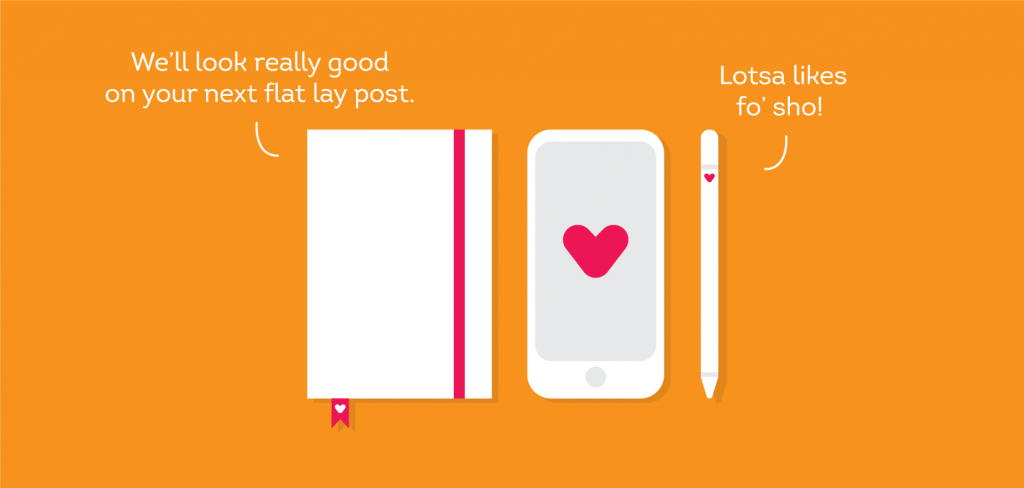
4. Good design makes a product understandable
Good design does not speak for itself. Rather, it employs the user’s intuition to clearly express its function. This is especially critical in designing UX. For example, if a common gesture is used for navigation like “swipe left” or “pinch to zoom”, incorporating these human-to-interface behaviours in your design will make the user’s navigation not only smoother but intuitive as well.
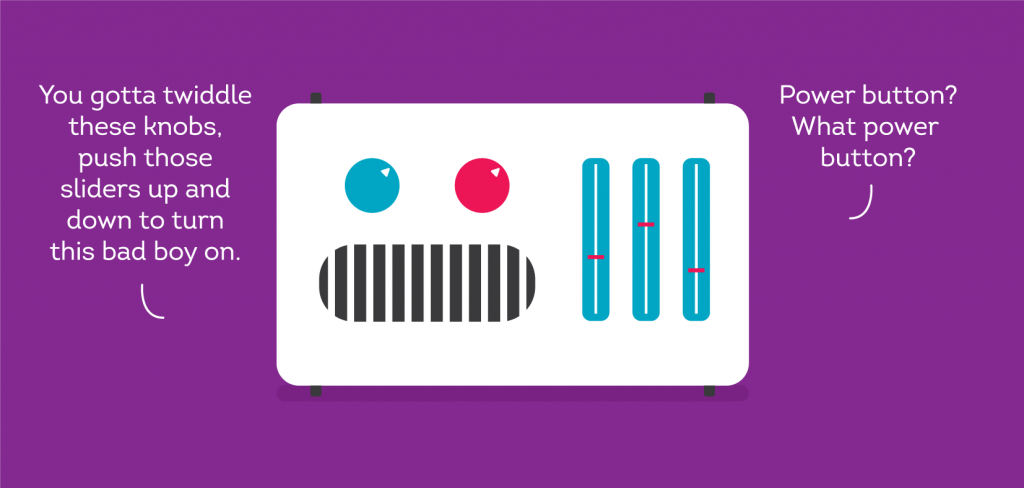
5. Good design is unobtrusive
Products exist to fulfil a purpose. They are neither decorative objects nor works of art. How you can apply this outside the realm of product design is to make sure you keep the end user or target audience’s needs in mind. Do your research. Whatever you design or communicate should fulfil that need and should always relate to them.
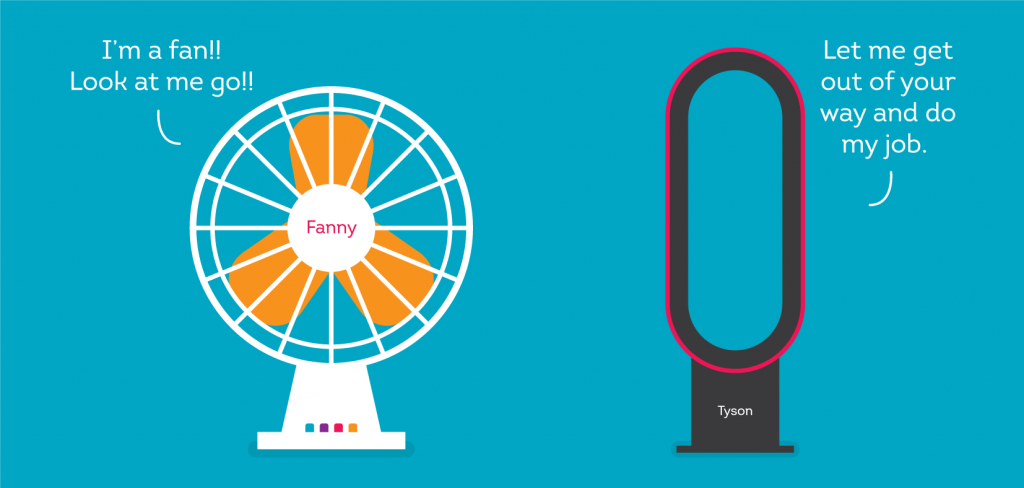
6. Good design is honest
Good design does not make a product more innovative, powerful or valuable than it really is. In the age of clickbait, fake news and responsibility in advertising, this is more timely than ever. When you design or create content, you must make sure to carry through with what the brand or campaign promises. In other words, build it on authenticity, and be ready to back it up. Authenticity always wins.

7. Good design is long lasting
Good design avoids being fashionable, and as a result never appears antiquated. This is especially true when a branding agency develops brands. It is definitely better to create something that lasts rather than something trendy but will look outdated in a year.
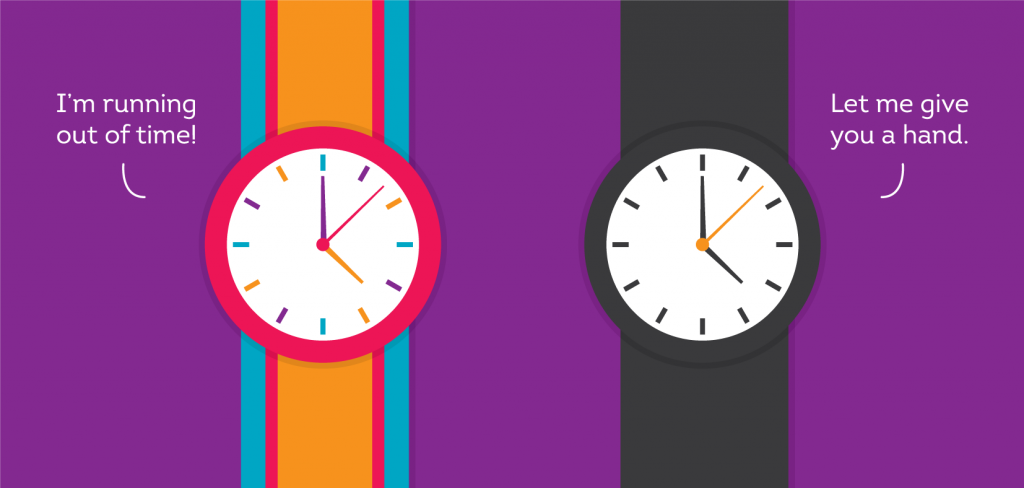
8. Good design is thorough to the last detail
Nothing must be arbitrary or left to chance. In branding and even in communications in general, each touchpoint or element within a strategy should be backed by meaning and contribute to enriching the whole brand experience. Test each touchpoint by asking the Who, What, When, Where, Why and How questions.
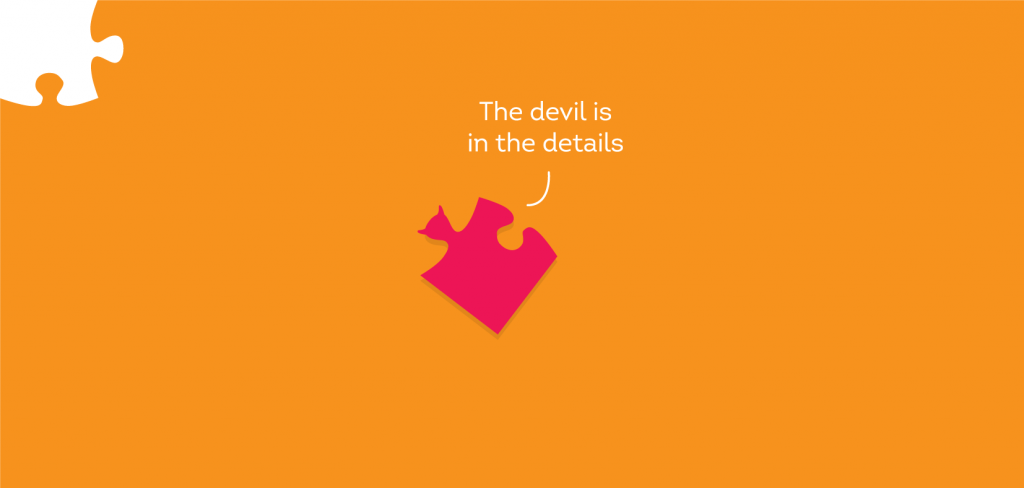
9. Good design is environmentally friendly
Climate change makes this more important than ever. But aside from asking the obvious questions such as, “Is my packaging design environmentally conscious?”, you could also keep this in mind when strategising and determining how a brand, campaign or product is perceived by a target audience that is growing more and more environmentally conscious and demanding more from brands.

10. Good design is as little design as possible
Focus on the essential aspects–less, but better. In a world where design is a buzzword and everything is “design”, one way you can ensure your work stands out from other creative agencies is by coming back to the purity and simplicity of form and function. In the words of Antoine de Saint-Exupéry, “Perfection is achieved not when there’s nothing more to add, but when there’s nothing left to take away”.
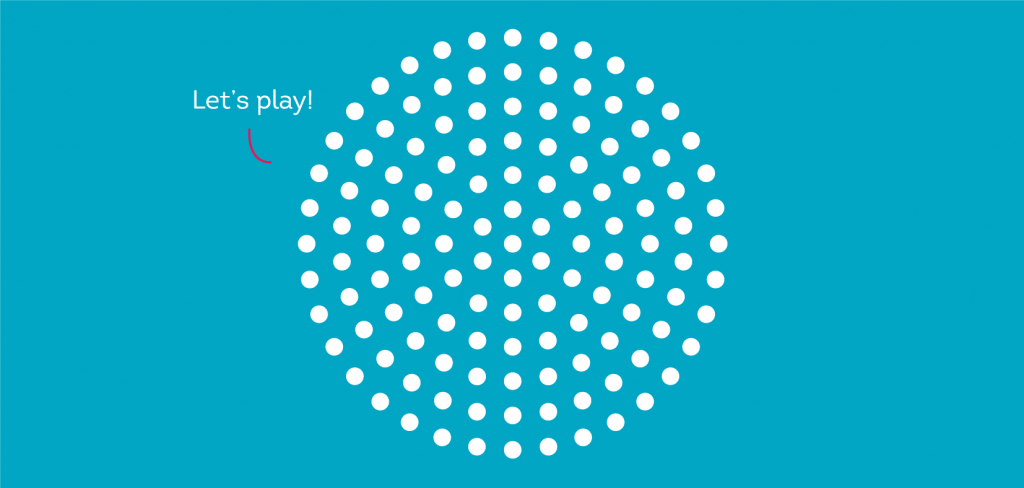
So there you have it, 10 principles of good design according to one of the most influential designers of our era. And though it may seem counter-productive in this fast-paced consumer society, let’s try to remember, a little less designing, a little more thinking.



